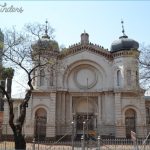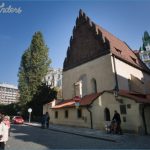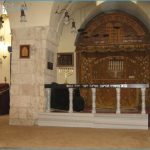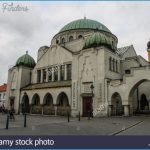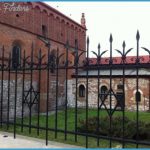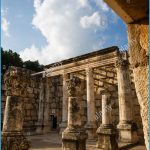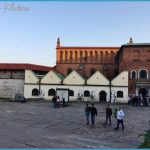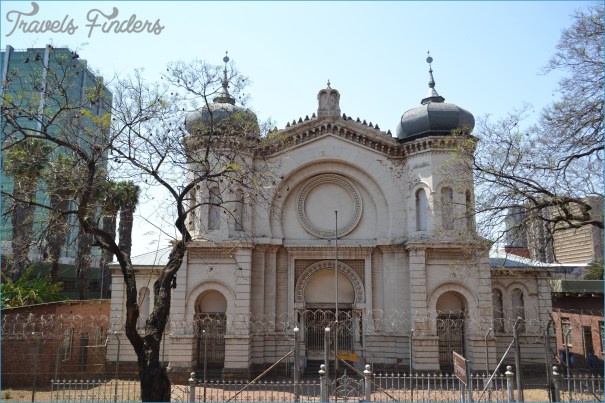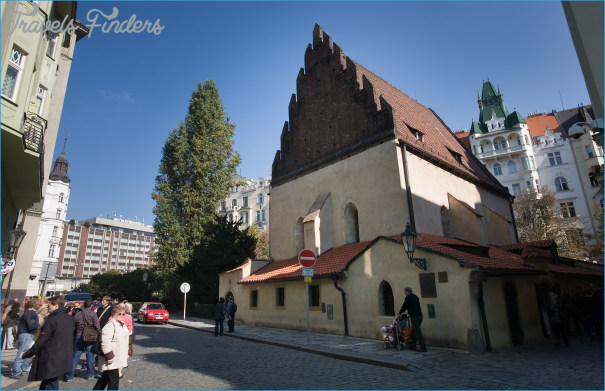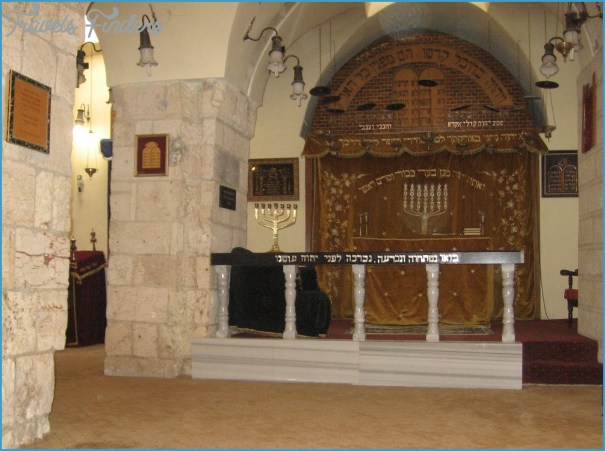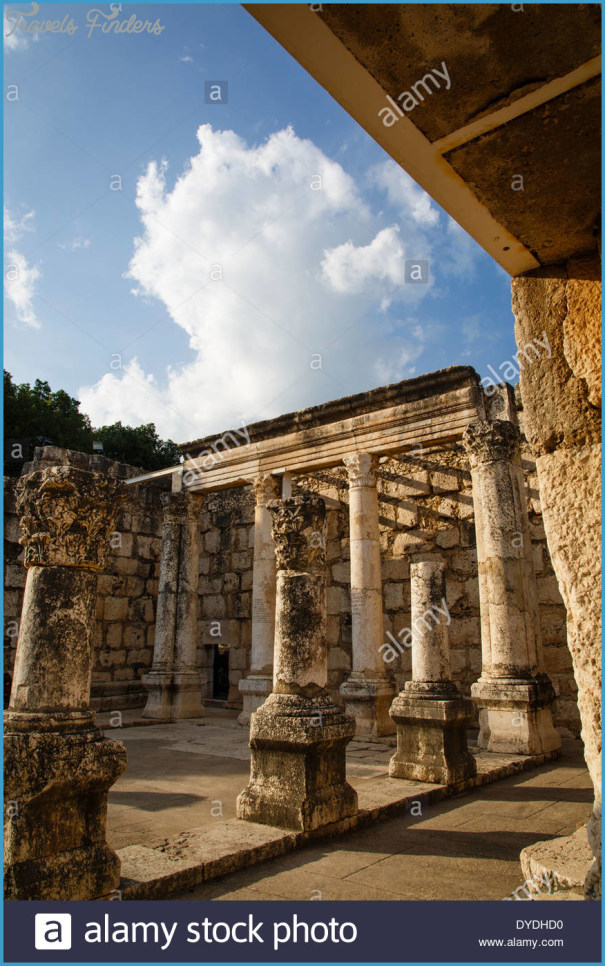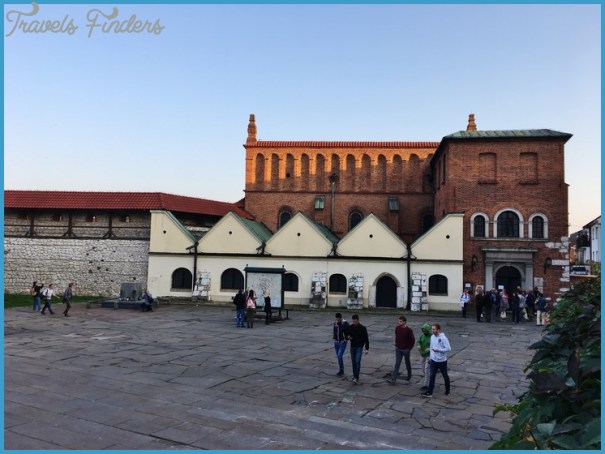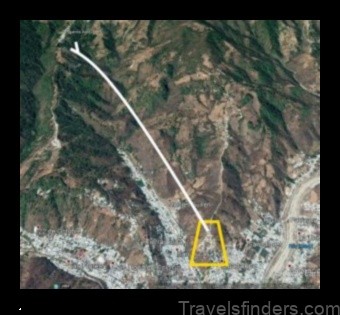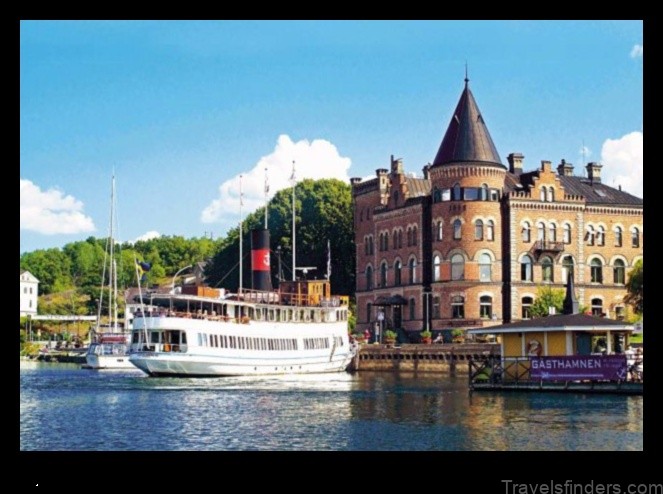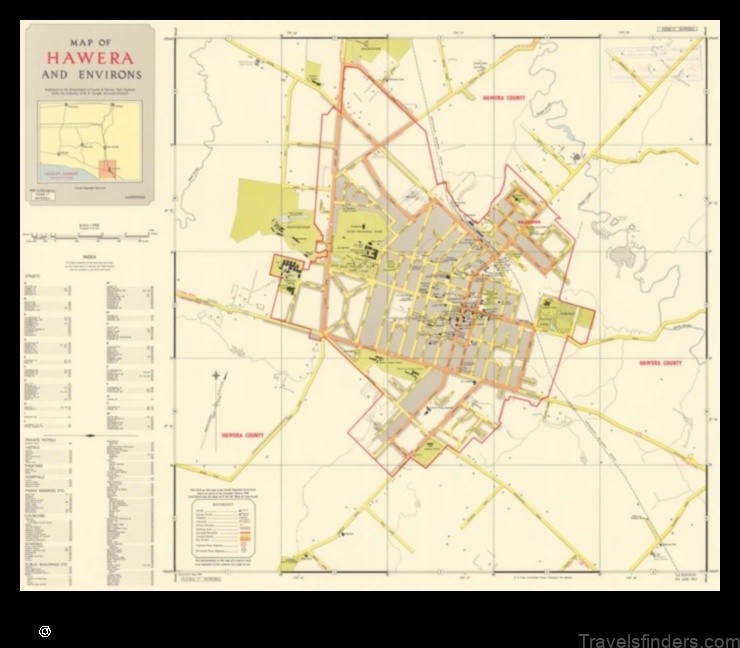In the Old Synagogue, a beaten-metal artwork, Wings of the Shechinah, embraces the Ark as part of an exhibition, in 2012, on the life and work of sculptor Herman Wald. In the background, 19th-century stained glass commemorates the death, at 100 years of age, of Sir Moses Montefiore, one of the most famous Jewish philanthropists of the 19th century. nlhusiastic attempts at Egyptian Revival styling of prominent facades seems to be a bit of a thing at the southern end of the Gardens. There’s the Egyptian Building on the university’s Hiddingh Campus over to the west, while in the east, at the top of Government Avenue, there’s the Old Synagogue, the Tikvat Israel which, although given a front entrance built along the lines of a classical temple, sports some oddly Egyptian Revival-style stucco detail as well.
The Old Synagogue, the oldest in the country, is one of the most beautiful facades on Government Avenue. It is delicate and refined alongside the later, grander and more confident Great Synagogue, an early critic of which thought resembled the Monte Carlo casino. You decide. While today, you enter the South African Jewish Museum via the ‘Old Shul, built in 1863, it’s the later one, which dates from 1905, and whose foundation stone was laid by Sir Walter Hely-Hutchinson in 1904, that is regarded as the ‘mother of all South African synagogues.
THE OLD SYNAGOGUE & THE GREAT SYNAGOGUE Gardens Cape Town Photo Gallery
The story of South African Jewry began in 1806 when Jewish settlers, mainly from England and Germany, began arriving in increasing numbers at the Cape. By 1820, the population had reached about 20, and by 1880 they numbered around 4 000. The character of that original community was predominantly Anglo-German, unsurprisingly, but this was later transformed following significant waves of immigration from Eastern Europe, mainly Lithuania. Many of the newcomers settled in District Six. Towards the end of the 19th century, the Jewish community had been transformed into a significant minority and a new synagogue was needed.
Built alongside the older building, the Great Synagogue, which dates from 1904, is marked by twin towers flanking its Gardens-facing facade, and by a massive semi-circular window above the main entrance. A huge copper-clad dome dominates the interior that holds up to 1 400 people. It’s a magnificent building, massive, opulent and majestic, and it cost £26 000 to construct. Today it is part of a campus which comprises the Holocaust Centre, the South African Jewish Museum, the Jacob Gitlin Library, Israel Abrahams Hall, the Samson Centre and, of course, the two synagogues, old and new. At the heart of the old city, it’s become the epicentre of Jewish life in Cape Town.
The Holy Ark, containing the Torah scrolls, is housed behind the velvet curtain. Marble, teak, burnished metal and mosaics -some of them gold – enrich the setting. Above is the choir loft.
The view from the Ladies Gallery of the Ark in a recess of the double-height apse. A copper dome tops this stupendous space.
The main faqade of the Great Synagogue. This is the original main entrance and, facing the Company’s Garden across the Paddocks, it dwarfs the more delicate faqade of the Old Synagogue on the left.
Teak steps reach up to the Bimah, or podium, facing the Ark at the far end. Lateral pews for the men face one another across the Temple, while those in the centre face the Ark. Above is the Ladies Gallery. In the middle distance, the Ner Tamid sanctuary lamp, a presence in every synagogue, hanging above the Ark, is always burning.
The arrangement of the teak pews in the Ladies Gallery provides the perfect view of the men seated below. Almost up in the ‘gods ’, it is, in fact, pure theatre, as the women spy on their men and young, unmarried females note, for future reference, prospective husbands.
The design of this building was, in part, the work of John Parker, and is one of his finest works. The ceilings are an opulent, multi-layered rendition of what early critics thought of as ‘casino styling ’.

